|
DIPLOM
|
| MAIN PAGE | SUPERVISOR | AUTOBIOGRAPHY | ARTICLE |
Steel H12ÌF concerns to steels for stamps for cold deformation. Requirements shown to the given steel: high wear resistance and high hardness (61-63 ÍRC).
Steel is high-carbon, the contents of carbon in it up to 2 %; and high-chromium, the content of chrome in it from 11 up to 12,5 %. Chrome is the basic alloying element. It increases hardenability and in addition increases hardness and wear resistance.
Mechanical properties:
|
σâ, ÌPà |
δ, % |
ψ, % |
ÍRC |
KCU, j/cm2 |
|
46 |
46 |
49 |
61-63 |
54 |
This steel is intended for manufacturing protapering rollers of the complex form, section sheet stamps of the complex form, reference pinion, rolling dies, matrixes and punches cutting of cutting-out stamps with a complex configuration of working parts, punchings of an active part of electric machines.
The purpose of my work is to define influence of parameters of structural characteristics on impact strength.
In this work samples have undergone quenching from temperature 1050°Ñ (the temperature has been chosen from reference books) and tempering at temperatures 450°Ñ, 500°Ñ, 550°Ñ, 600°Ñ. This temperature has been chosen for reception of high values of impact strength and for prevention bursting a finished article during operation. Then samples have tested for impact strength. Of the received samples sections have been made and are photographed. On the received photos by means of computer program Image Tool the areas of grains, lengthening, diameter, and roundness of grains in each microphoto have been counted. On the received data graph of dependence of impact strength from the area, diameter, and roundness have been constructed.
From graph follows, that
1. The increase in factor of elongation of grains leads to decrease in impact strength. (elongation are ratio of length of particles to their width) (figure 1).
2. The increase in factor of roundress of grains leads to increase in impact strength. (roundress is an ratio of a root from the area of a particle to perimeter) (figure 2).
Influence of roundness on impact strength coincides with the data resulted in the literature.
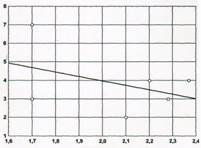
Figure 1 - Graph of dependence impact strength from lengthening
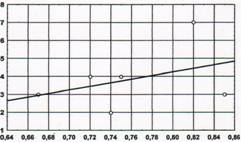
Figure 2 - Graph of dependence impact strength from circularity
Same time, dependences of impact strength on the area and diameter of particles contradict data available in the literature that the least critical particles lead brittle behavior a material:
1. The increase in factor of the area of grains leads to increase in impact strength (figure 3).
2. The increase in diameter of grains leads to increase in impact strength. (figure 4).
![]()
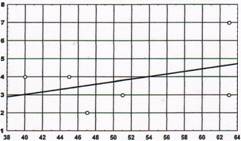
Figure 3 - Graph of dependence impact strength from square
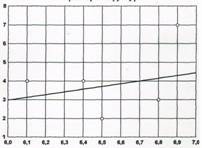
Figure 4 - Graph of dependence impact strength from diameter
Such influence can be connected by that at increase in the sizes of particles their quantity decreases as carbides in steel can consider the general as to constants. Therefore with increase in particles the distance between them increases, that promotes braking of cracks in the matrix of a material having greater plasticity in comparison with carbide.
It has been carried out research of microhardness on impact strength influence. From the dependence of microhardness from impact strength follows, that microhardness depending on temperature of tempering varies over a wide range. However there is no natural influence of microhardness on value of impact strength. Only tempering at as much as possible heats leads to growth of microhardness. Therefore it is possible to draw a conclusion, that impact strength does not depend on microhardness of a matrix.
Structure of given steels (figure 5). Structures are typical after tempering. From them it is visible, that at increase in temperature of tempering etching ability of a matrix becomes more contrast.
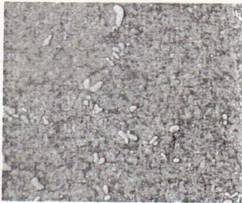
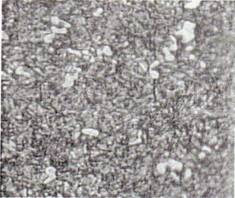
Figure 5 – Structure of steel H12ÌF after hardening with the temperature 1050 °Ñ and different temperatures of tempering
For check of it researches of influence of the sizes of particles on impact strength will be executed at other temperatures of quenching.
| MAIN PAGE | SUPERVISOR | AUTOBIOGRAPHY | ARTICLE |